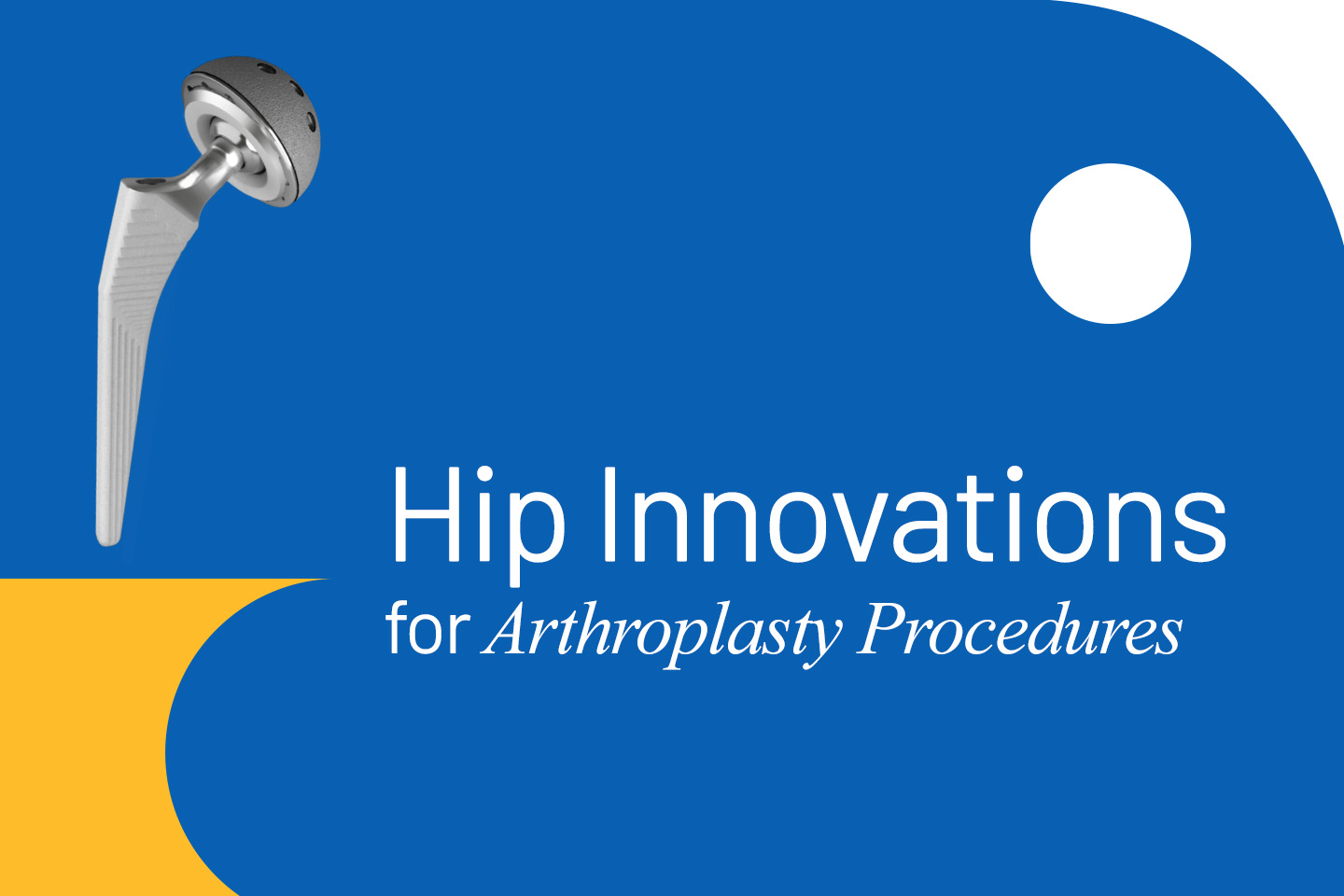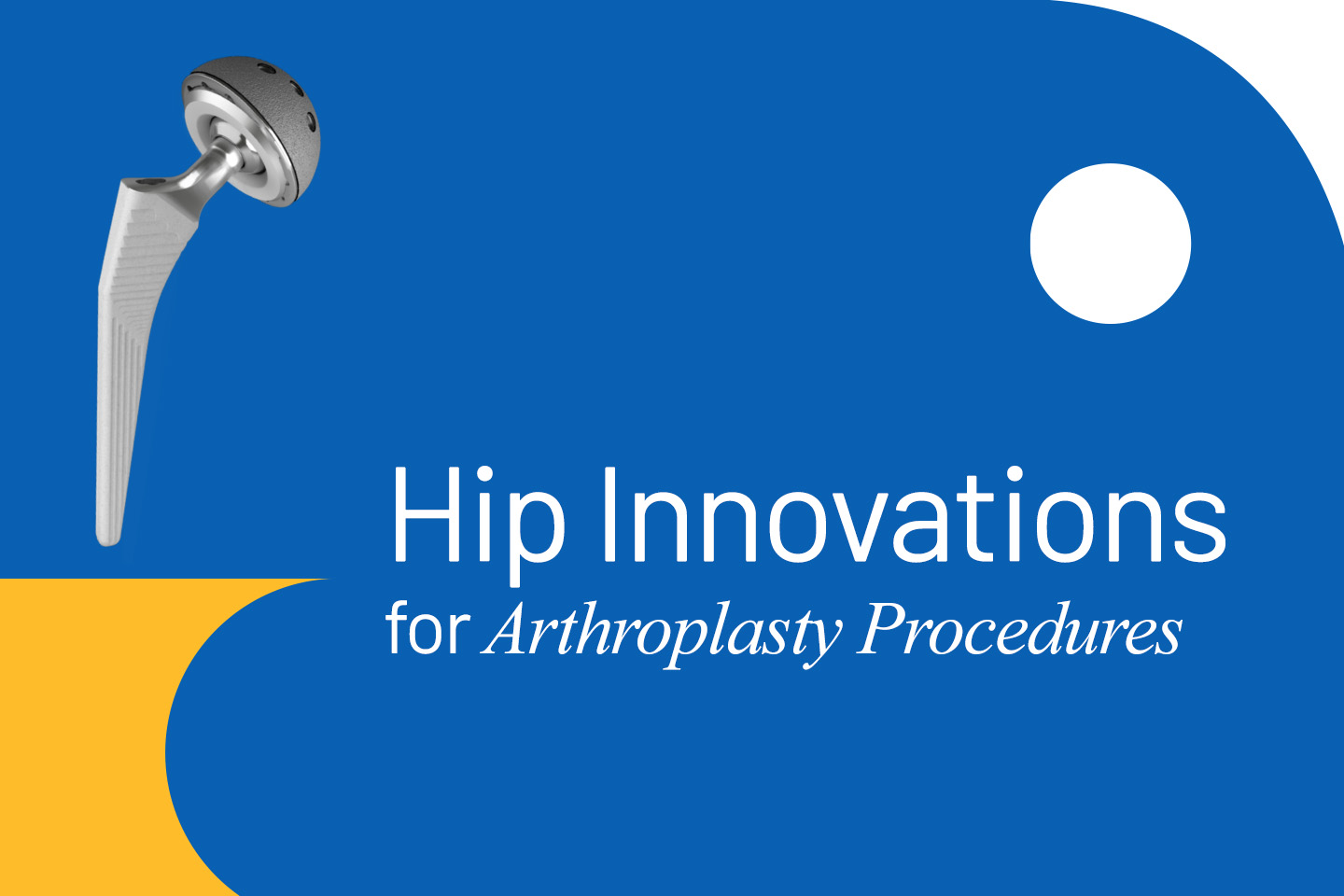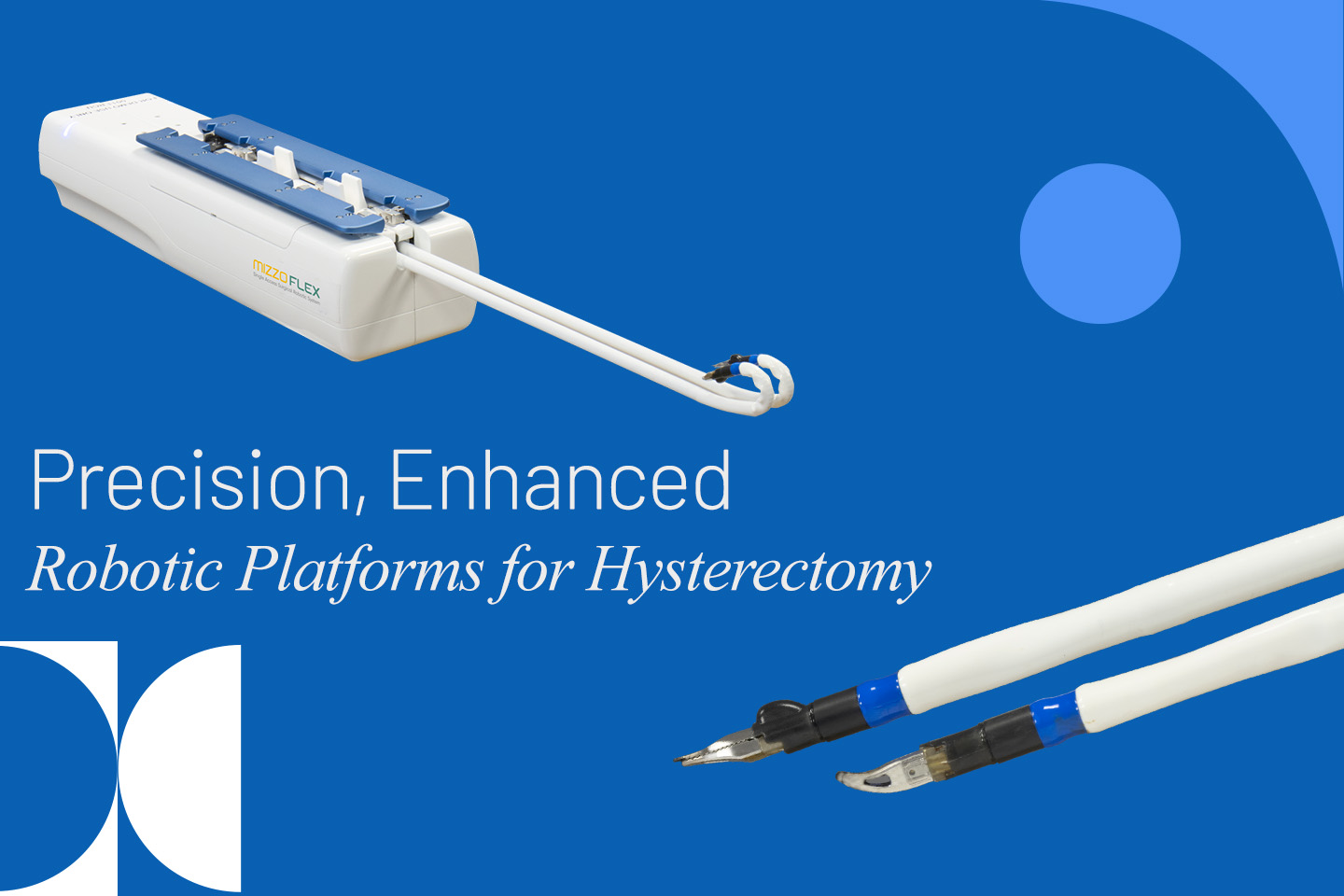Medical Devices
Hip Innovations for Arthroplasty Procedures

Hip Innovations for Arthroplasty Procedures
Hip replacement surgeries are on a notable rise due to aging populations, increased cases of osteoarthritis, and a growing preference for quality-of-life improvements. Globally, the Organisation for Economic Co-operation and Development (OECD) identifies hip replacements as one of the most common orthopedic surgeries, with notably high rates in countries like Germany, Austria, and Switzerland, where averages reach 172 procedures per 100,000 people. Rapid market expansion is also observed in Asia, where the demand for hip replacement is increasing as healthcare access and technological innovations advance.
As the number of primary surgeries rise, the focus on continual innovation in implant design, surgical precision, and postoperative care is more necessary than ever. Through solutions that combine durability, adaptability, and biocompatibility, the goal is to help patients regain mobility and independence while reducing the likelihood of complications.
Where Innovation, Design, and Precision Meet
The design of a hip replacement system requires the seamless integration of engineering, material science, and clinical insight. A critical consideration is the material used which directly impacts the implant’s durability, wear resistance, and biocompatibility. Materials such as titanium alloys, cobalt-chromium, and polyethylene are commonly used. For instance, the Libertas® Hip System manufactured by Maxx Orthopedics, offered by Meril, uses titanium alloys, which are prized for their high strength-to-weight ratio and exceptional biocompatibility, making them ideal for long-term integration with natural bone.
Another essential design factor is modularity—the ability to customize various parts of the implant to better fit a patient’s anatomy and surgical needs. Modularity allows surgeons to choose from different sizes, shapes, and fixation methods (cemented or cementless), providing flexibility to adapt to unique patient anatomies or bone conditions. This adaptability is especially important in cases where a patient’s anatomy deviates from the norm or when bone quality is compromised, such as in patients with osteoporosis. Modularity enables finer adjustments during surgery, helping to replicate the natural biomechanics of the hip, which is crucial for achieving a natural gait and minimizing strain on surrounding muscles and joints.
Combining advanced engineering with patient-centric design, the Libertas Hip System offers a comprehensive range of modular implants tailored to meet diverse clinical and anatomical needs. Its design emphasizes immediate mechanical stability, long-term biological integration, and optimal load distribution, ensuring patients benefit from improved mobility and reduced risk of complications.
The system comprises both cemented and uncemented femoral stems, a cementless acetabular cup designed to be used with highly crosslinked polyethylene modular liners, and a choice of either Biolox® or Cobalt Chrome head options in multiple head diameters and offset options.
The uncemented stems are available in 33 size options and feature a hydroxyapatite coating designed to encourage bone growth for long-term stability. Their vertical grooves enhance rotational and axial stability, while the step design maximizes compression loading in cancellous bone. The cemented stems, offered in 9 sizes, deliver a streamlined design that ensures precise fit and secure fixation. The system also includes taper reduced stems which have a Ti-GrowthC® coating applied as a plasma spray, a highly polished neck to minimize soft tissue damage and liner wear, and distal reduction for improved compatibility with narrow femoral canals.
The acetabular cup further enhances the system’s versatility, designed with anti-rotation grooves to resist micromotion and featuring a tapered geometry that not only ensures stability but also allows for potential future advancements, such as ceramic liners or dual mobility systems. This shell, when paired with the modular liners, provides robust wear resistance. The option of Biolox® ceramic or cobalt-chromium heads further ensures tailored solutions for restoring range of motion and achieving precise biomechanical balance.
The Libertas Hip System’s modularity empowers surgeons to make intraoperative adjustments that align with individual patient needs, minimizing compromises. This adaptability, combined with the durability of its materials and precision of its design, results in a system that not only meets today’s surgical demands but also anticipates tomorrow’s challenges.
Looking to the Future
The rising demand for hip replacement surgeries underscores the need for solutions that not only restore mobility but also ensure durability and long-term patient safety. The Libertas Hip System embodies these priorities, bringing together advanced materials, modularity, and precise engineering to address diverse patient needs. By empowering surgeons with versatile options, it stands as a testament to how innovation can redefine orthopaedic care.
As the global landscape of hip arthroplasty evolves, systems like the Libertas Hip System illustrate the critical role of thoughtful design in enhancing surgical success and improving quality of life. At Meril, we strive to offer implants that are innovative, and can advance the possibilities of human mobility while offering both surgeons and patients reproducible and reliable results.





